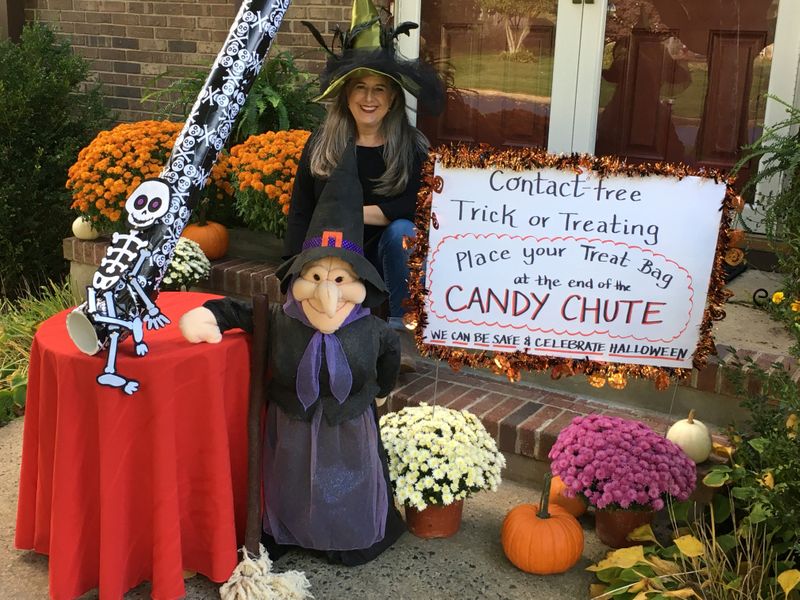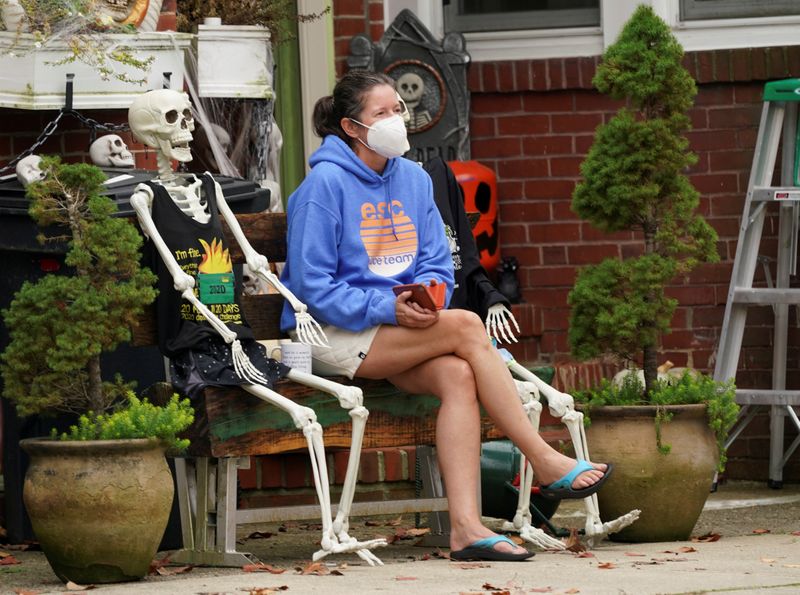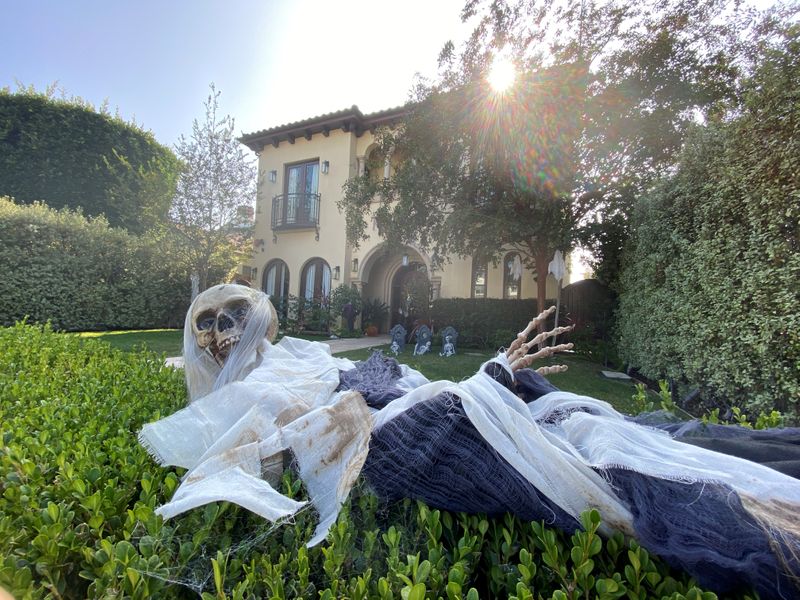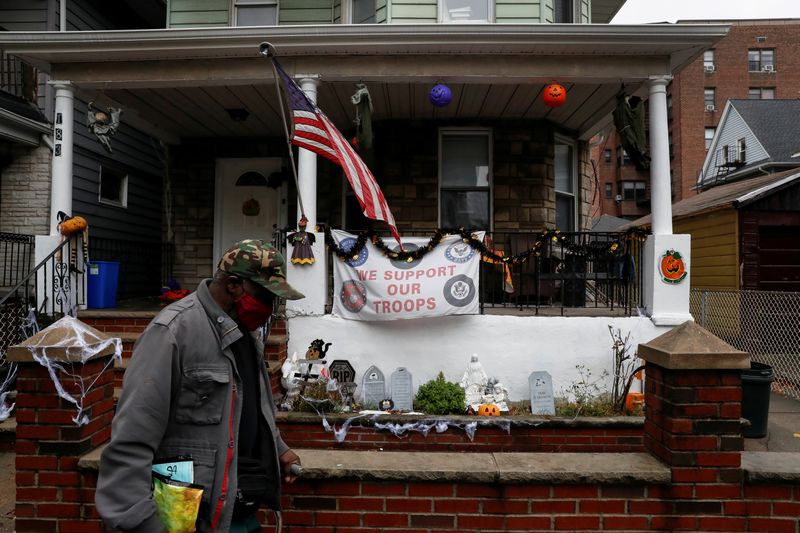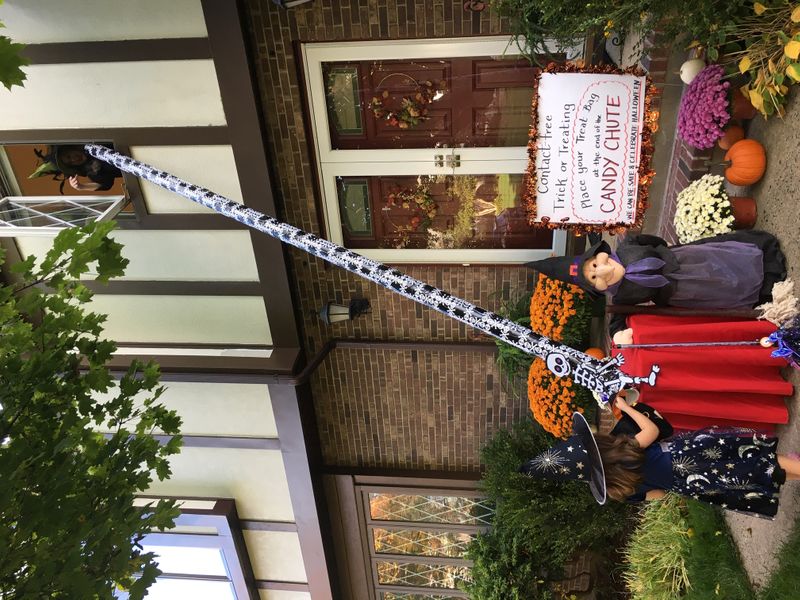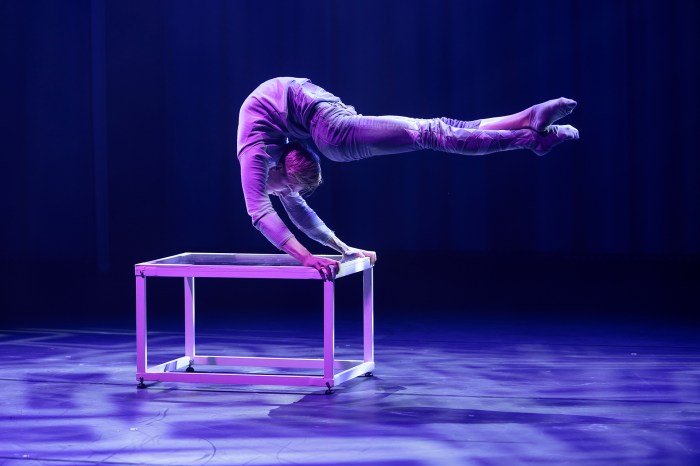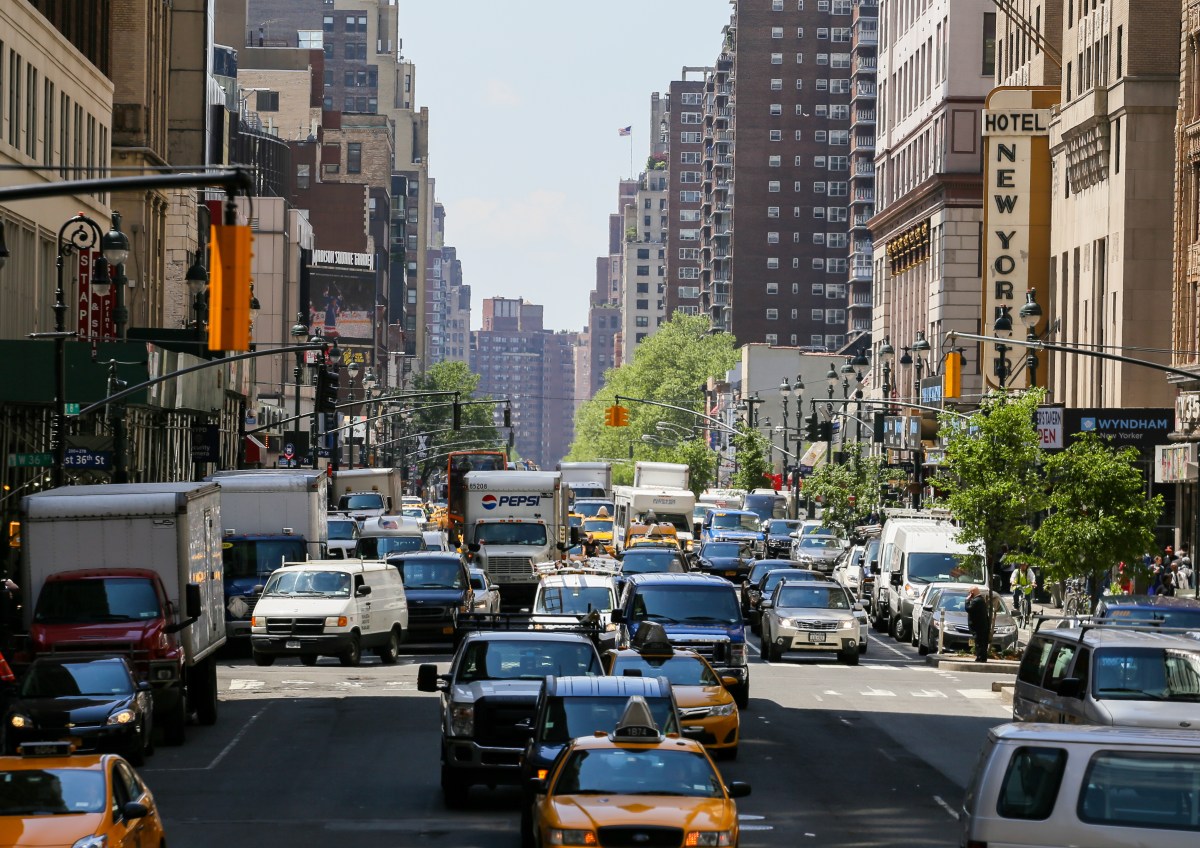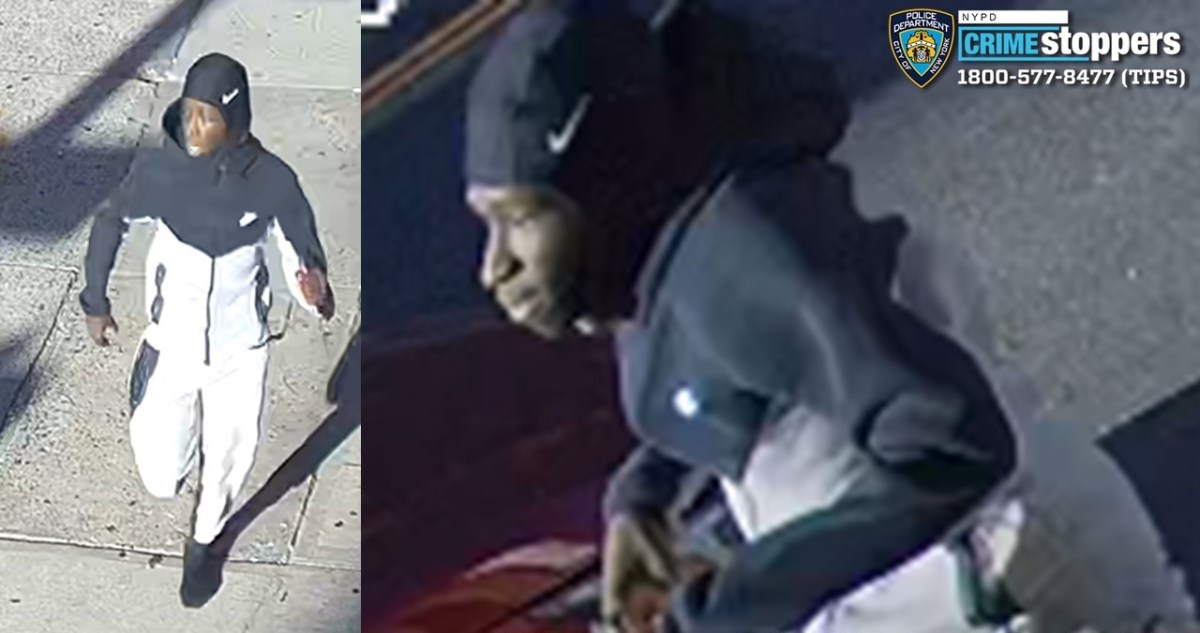(Reuters) – On a typical Halloween, Sarah Schwimmer would answer her door and put candy in the outstretched hands of costumed trick-or-treaters, but this year she will be shooting their sweets through a 10-foot-long (3-meter-long) pipe rigged up as her COVID-19 socially distanced delivery system.
“The kids – everything has changed for them, so anything we can do to keep that joy is important,” said Schwimmer, 54, of Lawrenceville, New Jersey.
The U.S. Centers for Disease Control and Prevention has advised against traditional American Halloween activities that are considered “high risk” for COVID-19 infection, including haunted houses, hayrides with anyone not in your household and “direct contact with trick-or-treaters.”
Screaming – in glee or fright – is risky behavior during the Oct. 31 holiday that celebrates ghosts and goblins, the CDC noted, advocating social distancing and wearing a mask to lower the risk of spreading the respiratory virus.
Outright bans on trick or treating have been declared in cities as large as Los Angeles and towns as small as Longmeadow, Massachusetts.
Even the headless horseman’s annual ride through the village of Sleepy Hollow, New York has been canceled. The traditional event commemorates Washington Irving’s classic 200-year-old short story, “The Legend of Sleepy Hollow.”
With U.S. coronavirus cases surging past 8 million, the Halloween and Costume Association, working with the Harvard Global Health Institute, released a color-coded COVID-19 map of the United States to help parents determine the level of risk in their local community.
The top danger zones on Halloween2020.org include North Dakota, South Dakota, Wisconsin, Montana and Idaho, where cases have spiked.
Health experts blame cooler temperatures, students returning to schools, more relaxed social gatherings, infection mitigation fatigue and the downplaying of mask-wearing by politicians including President Donald Trump.
The White House said its Halloween celebrations would go on but Sunday’s pre-holiday event instructed all guests aged 2 years old or over to wear a face covering and practice social distancing. Trump, his wife Melania, and son Barron were infected with COVID-19 themselves earlier this month.
Medical experts say trying to minimize the danger of virus spread by cancelling Halloween activities could jeopardize mental health, especially for children already anxious over the pandemic that has upended schooling, family visits, and time with friends.
The spooky possibility that COVID-19 would snuff out Halloween fun drove Elvira, a film horror hostess portrayed by actress Cassandra Peterson, out of the shadows to plead “Don’t Cancel Halloween” in a new music video.
“COVID-19 ruined everything,” Elvira sings to the tune of Madonna’s “Holiday.” “No costumes, candy or celebration, ’cause everybody’s still in self-isolation.”
Sales of costumes and candy have not entirely evaporated into thin air. Spending on decorations, costumes and other festive purchase is expected to reach $8.05 billion this year, down only slightly from $8.8 billion in 2019, the National Retail Federation said.
Halloween candy sales already are up 8.6% over last year, said the National Confectioners Association.
COVID-19 has itself inspired some ripped-from-the-headlines costumes, including a giant container of hand sanitizer and a spiked coronavirus mask.
Schwimmer said she will don her well-worn pointy witch’s hat when she perches in a second-floor window on one end of the PVC pipe, sending candy whizzing down to trick-or-treaters.
“I think we can celebrate safely without canceling the entire event,” said Schwimmer, a public school fifth grade teacher.
“Finding joy wherever we can under these circumstances – I know it’s critical for me in my personal and professional life, and I think it’s really important for the kids too.”
(Reporting by Barbara Goldberg; additional reporting by Alexandra Alper, Jill Serjeant and Lisa Shumaker; Editing by Rosalba O’Brien)

